The content of the article
Mango is an exotic fruit, whose flesh tastes like carrots. A person who has tasted this fruit at least once in his life prefers to eat it constantly. Many parents want to supply their children ’diet with not only valuable, but also tasty foods. Mango belongs to just such, but you can not give it to the baby thoughtlessly. In today's article, we will consider everything related to the intake of tropical fruits by children.
Mango Description
- Our compatriots could not try mangoes before, only in the 80s of the last century appeared on the shelves mashed tropical fruits. It quickly gained universal recognition, and therefore, suppliers began to bring fruit in small quantities.
- The territory of growth is quite extensive. It affects Thailand, Indonesia, India, and other Asian countries. Some of the inhabitants there refer to mangoes as an Asian apple.
- The ovoid fruit is larger than a large apple, its peel can be pigmented with greenish, cherry or reddish. The pulp is colored orange or yellow. In taste it resembles carrots. In the core there is a large bone.
- To date, more than one and a half thousand varieties of this fruit are isolated. However, not every variety can boast of excellent taste, if we talk about the use in raw form. Most are suitable for ingestion exclusively in canned form. But in the vastness of our homeland, such fruits cannot be bought.
- It is forbidden to eat mango together with the peel, it should be removed before a meal. After peeling, some eat the mango, leaving it whole like an apple. Others prefer to cut aromatic flesh into cubes and prick them with skewers.
The benefits of mango for the child's body
- Tropical fruits are low in calories and high in fiber. Fiber is responsible for cleansing the intestines from congestion. It improves stool and prevents the fermentation of food in the digestive tract. After taking mangoes, the digestive system begins to work smoothly, glitches rarely appear.
- Only those fruits that have fully ripened have a fully formed chemical list of substances. They focus an extensive vitamin-mineral complex that will replace pharmacy supplements. Therefore, you need to eat the pulp during vitamin deficiency to strengthen the immune system.
- The composition of the fruits contains many compounds with antioxidant characteristics. There are also carotenoids, amino acids, and other important enzymes. All of them are required by the younger generation. Of particular benefit to the product is the heart muscle.
- Mango has a lot of positive characteristics, namely it fights colds, improves brain activity, cleanses the kidneys and liver, strengthens eyesight, and prevents gastrointestinal diseases.
The introduction of mangoes in the diet by age
- For residents of Russia and neighboring countries, this fruit is still considered exotic. So, an allergic reaction can occur not only in a child, but also in an adult. Among the side effects are diarrhea, rash, swelling.
- In most countries where exotic fruit is quite popular, mangoes have been introduced into the diet of children since six months of age. Since in our country the product remains a wonder, do not rush with its introduction to the children's menu.
- So that the child fully enjoys the unusual fruit, start giving it in small quantities from 2 years of age.This is best done after the baby is already acquainted with apricots, cherries, plums. Domestic products will prepare the growing body for an exotic fruit.
- Squeeze a small amount of juice from the fruit for the first time, dilute with the same amount of boiled water. If the baby's body has normally accepted the new composition, gradually increase the concentration of the juice. In this form, give the fetus up to 3 years.
- After this, the baby is allowed to give mango in the form of mashed potatoes with other fruit mixes that he already knows. As a result, you minimize the risk of developing an allergic reaction. At preschool age, children are allowed to give the fruit in small pieces without a peel.
Mango selection
- In the supermarket or in the market you can see various varieties of fruit presented. They may visually vary in color and size. Mango has an unusual color, but by this feature it is difficult to assess the quality of the fruit.
- Therefore, do not rely only on appearance. You can learn much more if you take the fruit in your hands and lightly press on it. The fruit should be sufficiently resilient. When pressed, the quality fruit will be soft and will immediately return to its original shape.
- Keep in mind that there should be no dents or damage on the fruit. Also avoid fruits with peeled skin and dark spots. This may indicate that the fruit is gradually starting to rot. There is a risk of poisoning.
- Take the mango in your hands. A ripe fruit should have a pleasant aroma. However, if you get an unripe fruit, you should not be upset. It can well be brought to the desired ripeness. Place the product in a paper bag, leave at room temperature for several days.
- As for fully ripe fruits, they are also not recommended to be placed in the cold and stored for more than a week. If you ignore it, the mango will quickly go bad. Such a product will not be suitable for eating. Get rid of overripe mango so you don't get poisoned.
Mango contraindications
- Any natural product has both positive and negative properties. In this case, the fruit in question was no exception. Therefore, before introducing mango into a children's diet, familiarize yourself with some of the subtleties.
- If for the first time to give a baby a product in its pure form, an allergic reaction is likely to occur. Most often these are mild forms of the disease. The child manifests a small rash on the skin, which is very similar to urticaria.
- However, do not forget that each organism is individual. Therefore, in some cases, the reaction can be unpredictable. It is for this reason that it is recommended to offer exotic fruit to babies only after 3 years of age.
- It is forbidden to consume an exotic fruit together with the peel. This applies not only to children, but also to adults. The problem is that it is in the shell that harmful compounds are concentrated. In large quantities, they can provoke serious poisoning.
- When consuming mangoes with a peel, diarrhea and vomiting often occur, and well-being worsens significantly. In this case, it is better to resort to gastric lavage and take adsorbents. Do not risk it again, so as not to encounter similar problems.
Introduce the exotic fruit into the children's diet, observing all the rules. In this case, you can avoid most of the problems. Be serious when choosing a product. It is forbidden to consume fruit with the peel. If an infant has an allergy, exclude mangoes from the diet.
Video: how to choose a juicy mango in the store

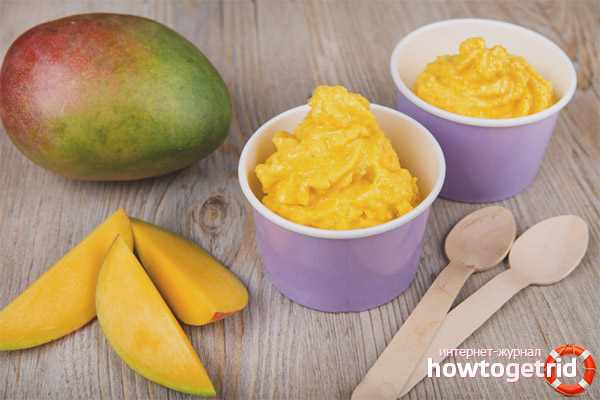

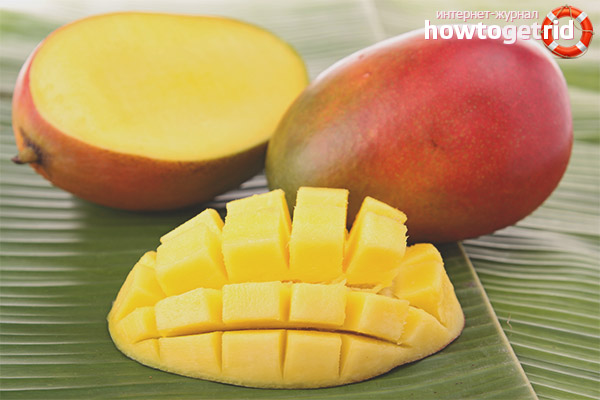
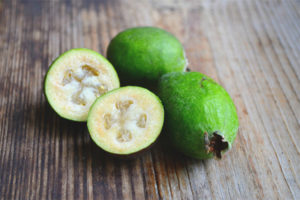

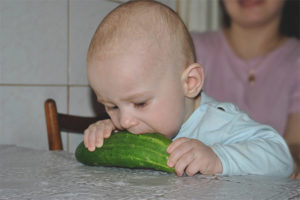
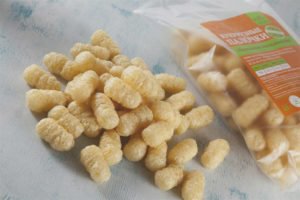
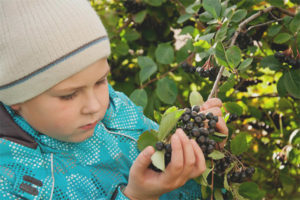

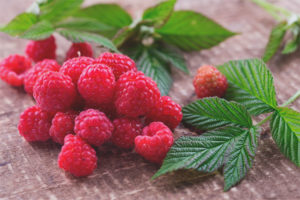
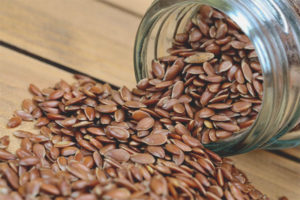
Submit